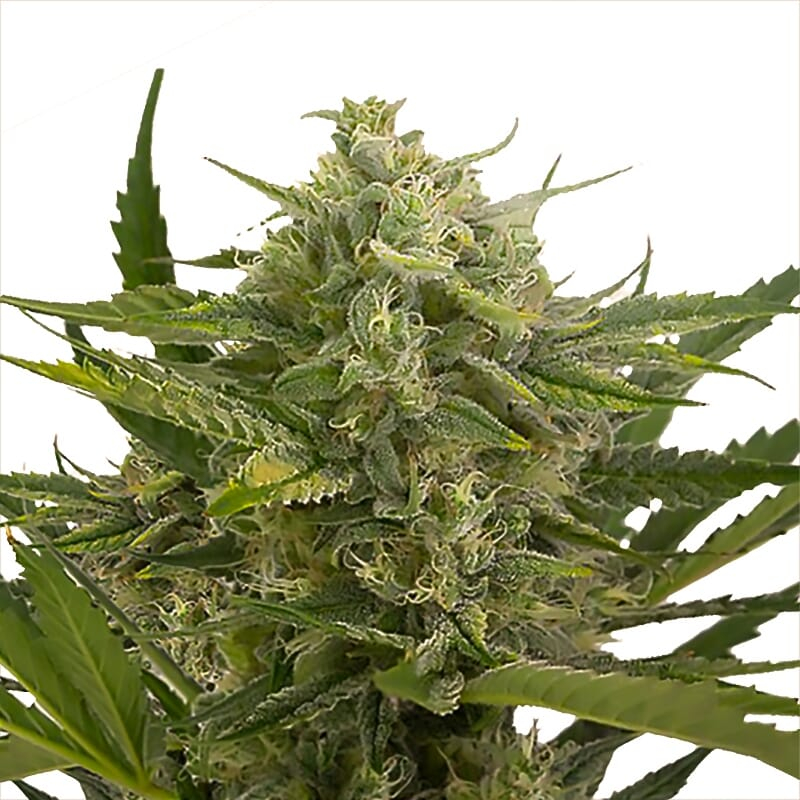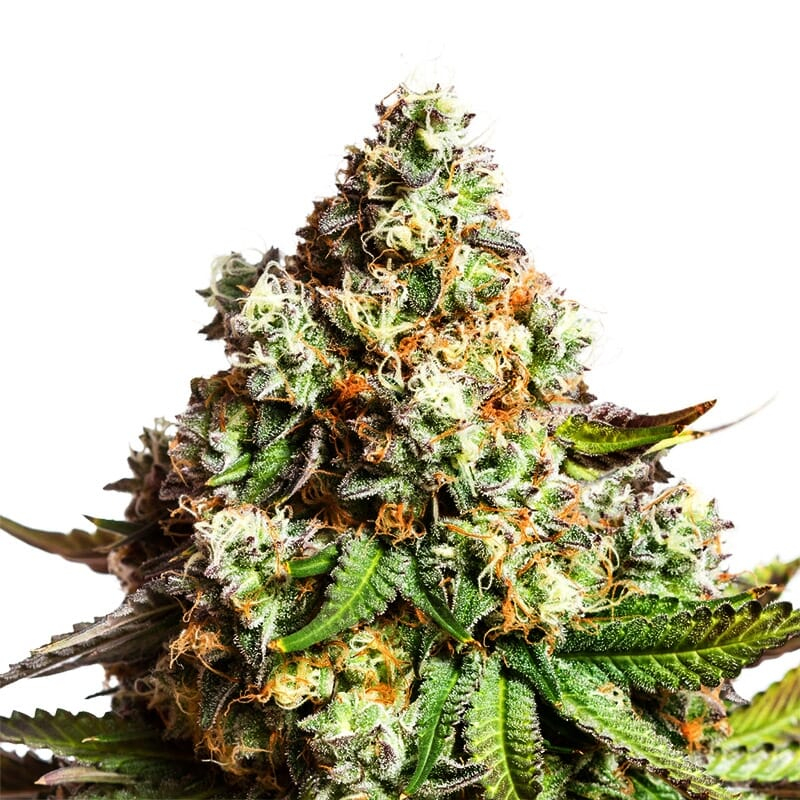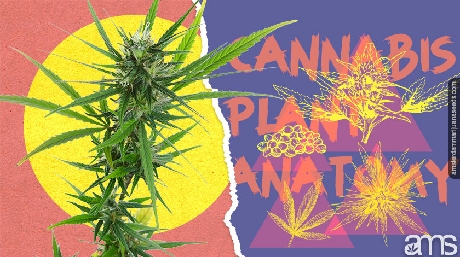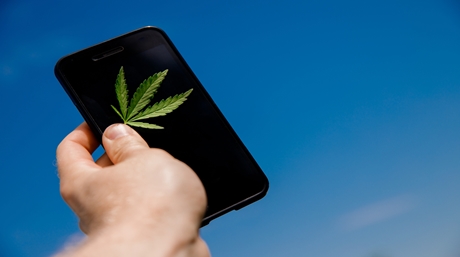Welcome to an exciting journey of gardening that is guaranteed to provide you with a sense of accomplishment and serenity. Our guide is designed to equip you with the essential knowledge of transplanting seedlings outdoors to ensure a flourishing garden.
A Comprehensive Guide on Seasonal Gardening
With expert tips and recommendations, you can effectively maximize the growth and yield of your plants, and thoroughly enjoy the process. The successful establishment and growth of a garden hinge on several factors, among which knowing when to transfer your germinated seeds outdoors is pivotal. The task might appear daunting, mainly because the ideal time for planting is largely dependent on your geographic location.
Timing is Key when Planting Outdoors

Each cannabis plant has a unique growing cycle, which relies on specific amounts of light and darkness for healthy development and maximum yield. When spring unfurls its vibrant hues, it’s a visual treat that inspires many gardeners to plan their green spaces. This season, marked by nature’s resurgence, provides the perfect setting for cannabis cultivation. However, knowing the exact time to transplant the germinated seeds into the ground can be a complex task. It requires a keen understanding of local weather patterns and the ability to predict how these conditions will affect the plant’s growth and development.
Best Season to Plant Cannabis
The planting time of your germinated seeds is a crucial determinant of the size and yield of your plant. Planting too late in the season could lead to underperformance, and the plant might not produce many buds if any at all. In the northern hemisphere, gardeners typically plant seedlings from March through May, contingent on the temperature. These plants are then harvested from September to November. On the other hand, in the southern hemisphere, the timing is reversed due to the difference in climatic conditions. Here, planting is done from September through November, with harvests taking place from March to May.
The Advantage of Year-Round Harvesting Near the Equator
Those fortunate enough to reside near the equator enjoy a unique advantage. The consistent climate allows for potential year-round cannabis harvests. As days get shorter and the weather cools down, cannabis plants transition from a vegetative stage to a flowering stage. However, the timing of this transition is influenced by the latitude at which the plant grows.
The Importance of a 12-hour Light and Dark Cycle
One of the most significant aspects of cannabis cultivation is understanding the plant’s photoperiod. For a cannabis plant to enter the flowering stage, it requires an approximate, equal division of light and darkness, usually 12 hours of each. The light exposure in your planting location significantly influences the plant’s growth pattern. For instance, on the longest day of the year, an area located in the southern latitude of the northern hemisphere will have close to 9 hours from dusk to dawn. In contrast, a grower in the North might only have 7 ½ hours between dusk and dawn. Northern growers can artificially extend the hours of darkness to trigger the flowering stage by covering their cannabis plants for part of the day.
Strain-Specific Planting
Certain cannabis strains might thrive better under specific geographical conditions. For instance, if you plant an early-season variety at a lower latitude, it will flower early and remain relatively small. However, if you plant the same variety in a northern latitude, the shorter nights during the summer will give the plant more time to grow before flowering. Various environmental factors influence how quickly a cannabis plant matures. Altitude, rainfall, and temperature, among other things, play a significant role in the cannabis plant’s maturation rate. Consistent, mild weather can expedite the process, whereas harsh cold or heat can delay flowering.
Customizing Planting Time According to Personal Preferences
The time of planting can be influenced by factors beyond just geographical location and strain type. Personal preferences, cultural beliefs, strategic planning, and specific cultivation techniques can also determine when planting takes place. For instance, some growers plant in alignment with the lunar phases, believing the moon’s gravitational pull affects soil moisture. Guerrilla growers, who cultivate cannabis in secret locations to avoid detection, may plant later in the season to keep their cannabis plants small and easier to hide. Conversely, growers restricted by legal plant limits may opt for earlier planting to grow larger plants and maximize their yield.
Research and Plan Ahead

Before transplanting your seedlings outdoors, it’s prudent to thoroughly research your local climate and latitude. If you’re devoting months of effort to nurturing your plants, it’s essential to ensure you’re planting them under optimal conditions. If your preferred strain isn’t well-suited to your local climate or latitude, you might need to consider alternative growing methods, such as indoor cultivation. By taking these factors into account, you can ensure your plants not only survive but thrive. In conclusion, the best time to plant your seedlings outdoors is influenced by a range of factors. From your geographical location to the specific cannabis strain of the plant and personal preferences, understanding these variables can set you on a path to successful cannabis cultivation. Cultivating a thriving garden is within reach with a little bit of knowledge and a lot of love and care.















